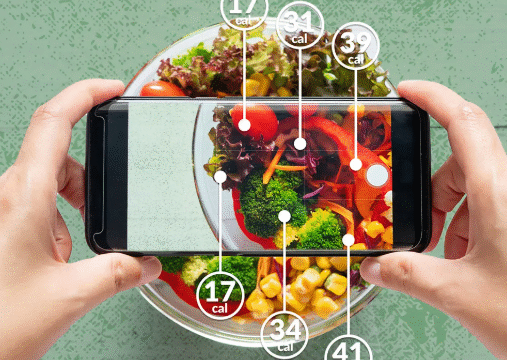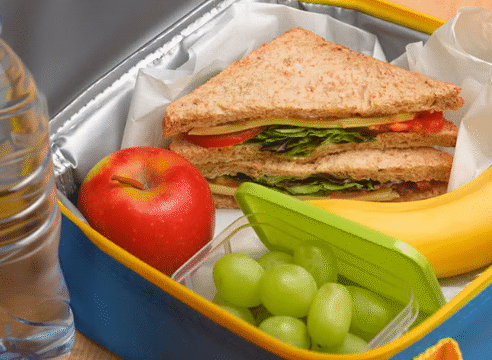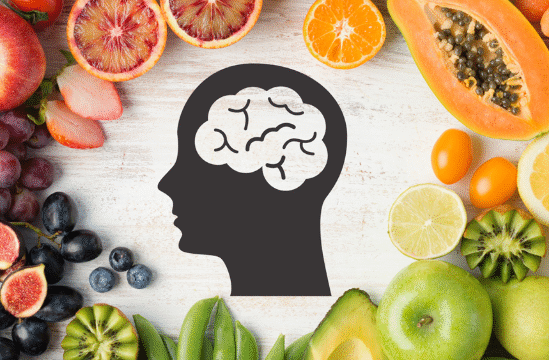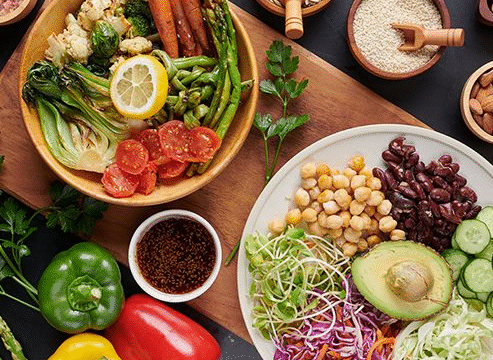Baking is often associated with sweet treats, fluffy breads, and warm desserts that make a home feel comforting.
However, many traditional baked goods rely on refined flours and sugars that have a high glycemic index, which can cause a rapid rise in blood sugar.
For people who are trying to manage energy levels, maintain a balanced diet, or simply feel better after meals, lowering the glycemic index (GI) of baked items can make a big difference.
Thankfully, there are many ways to enjoy delicious baked foods while keeping the GI lower. With thoughtful ingredient choices and baking methods, you can create treats that are both satisfying and supportive of your wellness goals.
The first step to keeping baked foods lower on the glycemic index is understanding how ingredients affect blood sugar. Foods with a high GI, such as white flour and processed sugar, are quickly digested and absorbed, leading to spikes in energy followed by sudden drops. On the other hand, low GI ingredients break down more slowly, providing steady energy over a longer period. Choosing flours, sweeteners, and add-ins that fall on the lower end of the GI scale helps you enjoy baked goods without the same level of blood sugar swings.
One of the most effective changes you can make is switching the type of flour you use. White flour, though popular for its light texture, is one of the highest GI ingredients in baking. Instead, you can try whole grain flours such as whole wheat, oat, barley, or buckwheat flour. These options contain more fiber and nutrients, slowing down digestion and helping your body process carbohydrates at a gentler pace. Almond flour, coconut flour, and other nut-based flours are also great choices, not only for lowering GI but also for adding healthy fats and proteins that promote satiety. If you prefer a lighter texture, blending different flours can strike a balance between fluffiness and nutrition.
Another essential aspect is the sweetener. Refined sugar is highly processed and raises GI significantly, but there are several alternatives that can add sweetness without the same impact. Options like coconut sugar, date sugar, and agave syrup tend to be lower on the GI scale. Stevia, monk fruit, and erythritol are natural, low-calorie sweeteners that do not spike blood sugar, making them popular choices for people who want both sweetness and stability. You can also reduce the overall amount of sweetener in your recipes by relying on naturally sweet ingredients such as ripe bananas, applesauce, or dried fruits in moderation. This approach allows you to use less added sugar while still enjoying rich flavors.
Beyond flour and sugar, the structure of your baked goods matters too. Including fiber-rich ingredients can significantly lower the GI of a recipe. Oats, chia seeds, flaxseeds, and psyllium husk not only boost the nutritional profile but also slow digestion. Adding nuts and seeds is another way to increase protein and healthy fats, which both play a role in moderating how quickly carbohydrates are absorbed. For example, sprinkling sunflower seeds or walnuts into bread or muffins creates a heartier texture and makes the food more satisfying without raising the GI.
Portion size and density also play a role in how baked goods affect blood sugar. A large slice of cake made with refined ingredients will naturally have a higher impact than a smaller, denser slice filled with whole grains and fiber. Baking in smaller portions, such as muffins or mini loaves, can encourage more mindful eating while still delivering the flavors you crave. Pairing baked goods with a source of protein, like a small serving of Greek yogurt or nut butter, can also help balance the effect on blood sugar levels.
Another technique is to be mindful of how long and at what temperature you bake. Over-baking can sometimes increase the availability of sugars in foods, raising the GI slightly. For example, letting bread brown too much may increase its glycemic load compared to baking it to just the right doneness. While the difference is not dramatic, paying attention to cooking times and aiming for balance can help.
Moisture is another factor worth noting. Recipes that use ingredients like yogurt, cottage cheese, or mashed vegetables such as pumpkin and zucchini not only add texture but can also influence how the body processes carbohydrates. The extra water and fiber in these additions often reduce the speed at which sugars are absorbed, lowering the GI naturally. A zucchini bread made with whole wheat flour and less sugar, for instance, can be a delicious, moist, and low GI treat.
Spices can play a subtle but important role too. Cinnamon, for example, has been studied for its potential to help with blood sugar regulation. While adding spices does not directly lower the GI of food, they enhance flavor and allow you to use less sugar. Nutmeg, ginger, and cardamom are other wonderful flavor boosters that can help reduce the need for excessive sweeteners in recipes.
Planning ahead makes low GI baking easier. When choosing recipes, look for ones that naturally include whole foods and nutrient-rich ingredients. If a recipe calls for refined flour and sugar, do not be afraid to experiment with substitutions. Over time, your palate adjusts, and you may find that you prefer the nuttier, richer taste of whole grains or the subtle sweetness of fruit-based ingredients. It is also helpful to keep a variety of low GI staples in your pantry so that you are always ready to bake healthier options without feeling restricted.
Baking is more than just creating food; it is about the comfort and joy of sharing something homemade. By making thoughtful changes, you can ensure that the treats you bake support both enjoyment and well-being. Whether you are preparing bread for your family, muffins for breakfast, or a cake for a special celebration, there are always ways to make your recipe friendlier to blood sugar. Experimenting with flours, sweeteners, seeds, and fruits not only lowers the GI but also adds depth of flavor and variety to your baking.
In the end, keeping the glycemic index low while baking is not about giving up the foods you love. It is about discovering new ways to enjoy them with a healthier twist. Every substitution, every addition of fiber or protein, and every mindful adjustment in portion size brings you closer to creating baked goods that provide steady energy, taste wonderful, and make you feel good after eating. With creativity and curiosity, you can continue to bake all the classics you love, while making them better for your body and your lifestyle.






